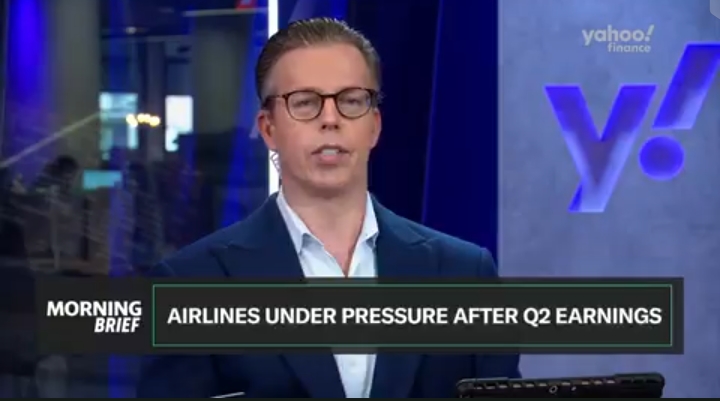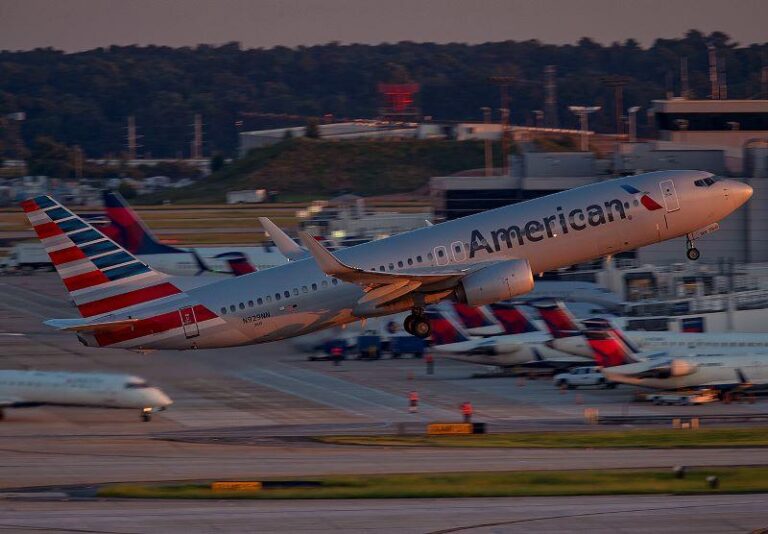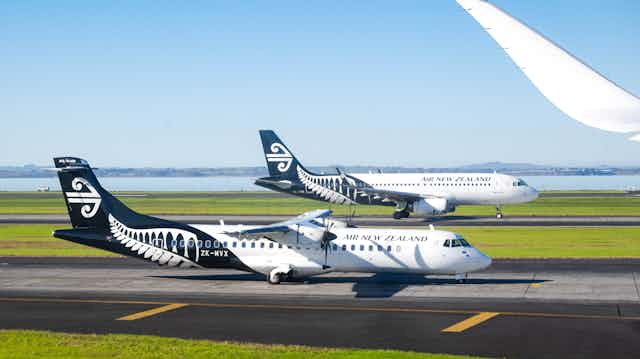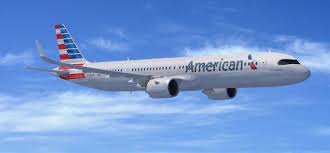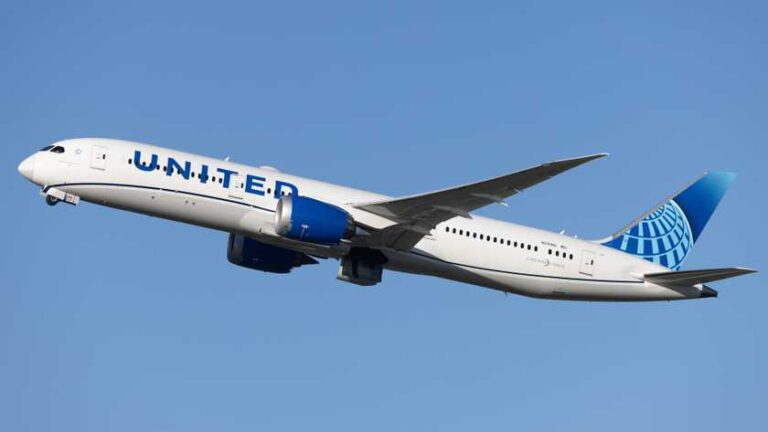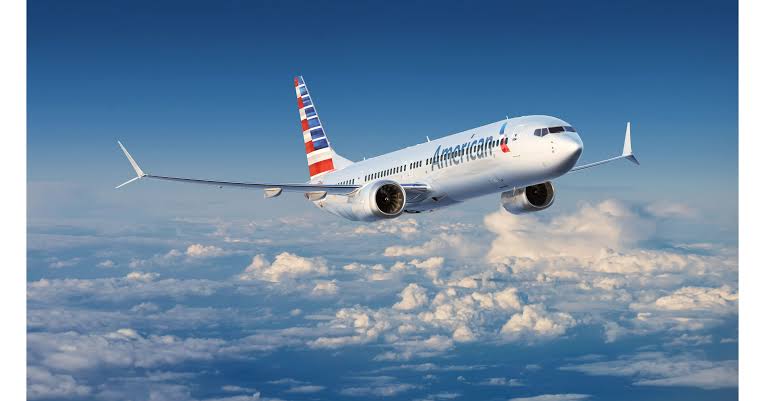It’s about to start getting harder to find a flight
The skies are about to be a lot less busy than expected. After years of airlines adding supply to take advantage of a recovery to pre-COVID-19 levels, Deutsche Bank says that the industry is backpedaling.“This past week we observed one of the industry’s largest week-over-week capacity reductions as carriers removed almost a point of growth from December quarter schedules,” Michael Linenberg, an analyst at the bank covering airlines, wrote in a note to clients. He and his team analyzed flight schedules and noted that year-over-year growth in the number of expected “available seat miles” — space for one passenger to be flown one mile — fell nearly a full point to 4% from 4.8% for the last quarter of the year.The biggest declines were coming from budget airlines, the Deutsche Bank team found, which are cutting more than 2% of their capacity for the period. Southwest Airlines, in addition to cutting services to reduce supply and prop up fares, is changing up its longstanding open-seating policy in a bid to make itself more attractive to flyers.Throughout earnings season, airlines have been sounding the alarm about expected cuts to capacity. When United Airlines presented its numbers, it said that this has been a moment many in the industry were expecting: “For nearly two years, the airline has been anticipating significant domestic capacity reductions recently announced by a variety of U.S. airlines this summer and mid-August is an inflection point,” it told investors.
At American Airlines, CEO Robert Isom said that his company is working harder to get its planes filled, noting that “excess capacity” had led to a “higher level of discounting activity than we had expected;” it was so extensive the company slashed its guidance for the rest of the year.
The skies are about to be a lot less busy than expected. After years of airlines adding supply to take advantage of a recovery to pre-COVID-19 levels, Deutsche Bank says that the industry is backpedaling.“This past week we observed one of the industry’s largest week-over-week capacity reductions as carriers removed almost a point of growth from December quarter schedules,” Michael Linenberg, an analyst at the bank covering airlines, wrote in a note to clients. He and his team analyzed flight schedules and noted that year-over-year growth in the number of expected “available seat miles” — space for one passenger to be flown one mile — fell nearly a full point to 4% from 4.8% for the last quarter of the year.The biggest declines were coming from budget airlines, the Deutsche Bank team found, which are cutting more than 2% of their capacity for the period. Southwest Airlines, in addition to cutting services to reduce supply and prop up fares, is changing up its longstanding open-seating policy in a bid to make itself more attractive to flyers.Throughout earnings season, airlines have been sounding the alarm about expected cuts to capacity. When United Airlines presented its numbers, it said that this has been a moment many in the industry were expecting: “For nearly two years, the airline has been anticipating significant domestic capacity reductions recently announced by a variety of U.S. airlines this summer and mid-August is an inflection point,” it told investors.
At American Airlines, CEO Robert Isom said that his company is working harder to get its planes filled, noting that “excess capacity” had led to a “higher level of discounting activity than we had expected;” it was so extensive the company slashed its guidance for the rest of the year.The skies are about to be a lot less busy than expected. After years of airlines adding supply to take advantage of a recovery to pre-COVID-19 levels, Deutsche Bank says that the industry is backpedaling.“This past week we observed one of the industry’s largest week-over-week capacity reductions as carriers removed almost a point of growth from December quarter schedules,” Michael Linenberg, an analyst at the bank covering airlines, wrote in a note to clients. He and his team analyzed flight schedules and noted that year-over-year growth in the number of expected “available seat miles” — space for one passenger to be flown one mile — fell nearly a full point to 4% from 4.8% for the last quarter of the year.The biggest declines were coming from budget airlines, the Deutsche Bank team found, which are cutting more than 2% of their capacity for the period. Southwest Airlines, in addition to cutting services to reduce supply and prop up fares, is changing up its longstanding open-seating policy in a bid to make itself more attractive to flyers.Throughout earnings season, airlines have been sounding the alarm about expected cuts to capacity. When United Airlines presented its numbers, it said that this has been a moment many in the industry were expecting: “For nearly two years, the airline has been anticipating significant domestic capacity reductions recently announced by a variety of U.S. airlines this summer and mid-August is an inflection point,” it told investors.
At American Airlines, CEO Robert Isom said that his company is working harder to get its planes filled, noting that “excess capacity” had led to a “higher level of discounting activity than we had expected;” it was so extensive the company slashed its guidance for the rest of the year.The skies are about to be a lot less busy than expected. After years of airlines adding supply to take advantage of a recovery to pre-COVID-19 levels, Deutsche Bank says that the industry is backpedaling.“This past week we observed one of the industry’s largest week-over-week capacity reductions as carriers removed almost a point of growth from December quarter schedules,” Michael Linenberg, an analyst at the bank covering airlines, wrote in a note to clients. He and his team analyzed flight schedules and noted that year-over-year growth in the number of expected “available seat miles” — space for one passenger to be flown one mile — fell nearly a full point to 4% from 4.8% for the last quarter of the year.The biggest declines were coming from budget airlines, the Deutsche Bank team found, which are cutting more than 2% of their capacity for the period. Southwest Airlines, in addition to cutting services to reduce supply and prop up fares, is changing up its longstanding open-seating policy in a bid to make itself more attractive to flyers.Throughout earnings season, airlines have been sounding the alarm about expected cuts to capacity. When United Airlines presented its numbers, it said that this has been a moment many in the industry were expecting: “For nearly two years, the airline has been anticipating significant domestic capacity reductions recently announced by a variety of U.S. airlines this summer and mid-August is an inflection point,” it told investors.
At American Airlines, CEO Robert Isom said that his company is working harder to get its planes filled, noting that “excess capacity” had led to a “higher level of discounting activity than we had expected;” it was so extensive the company slashed its guidance for the rest of the year.
